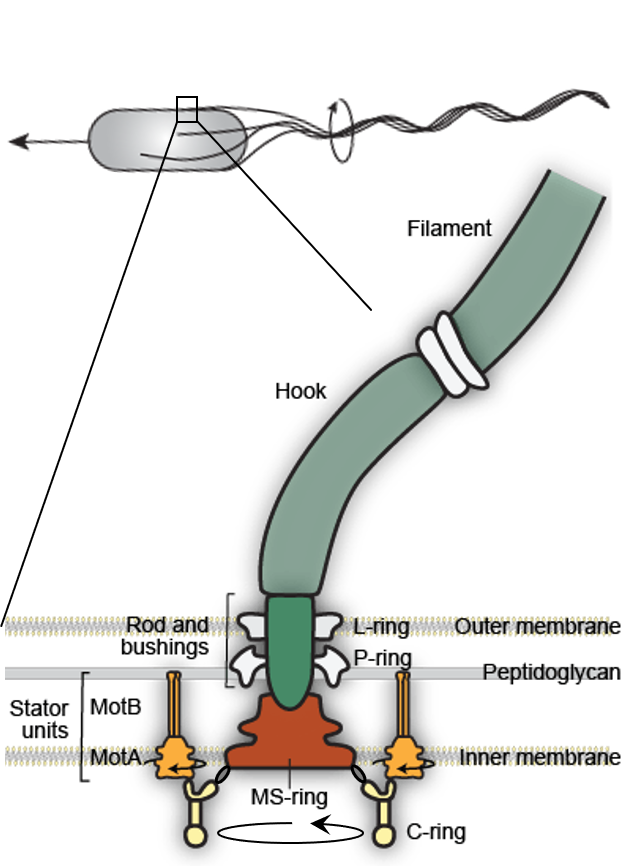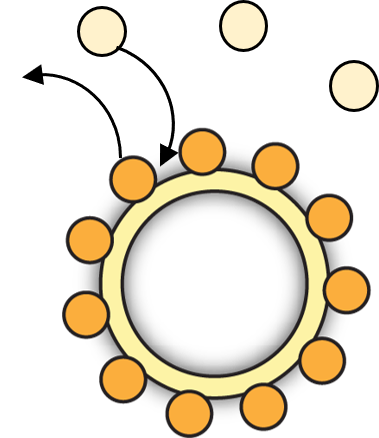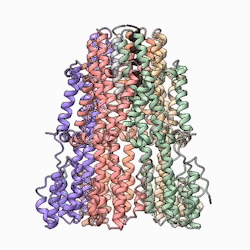Artwork: Dan Nowakowski/Nicholas Taylor
The bacterial flagellar engine has an automatic gearshift
Physics of Living Systems Seminar, EPFL
Navish Wadhwa
Harvard University
slides for this talk: WadhwaLab.com/talks
Many bacteria swim by rotating helical flagella
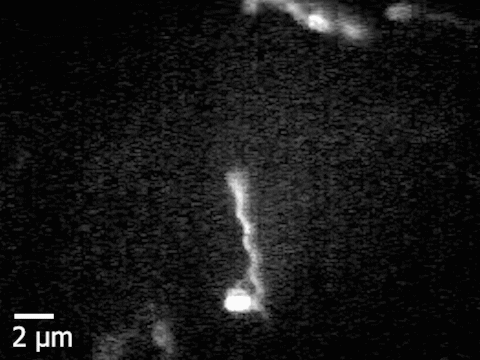 Slowed down 20 times
Slowed down 20 times

Reversal of flagellar rotation enables changes in the swimming direction


A nanoscale motor powers flagellar rotation
Torque production differs between CCW and CW
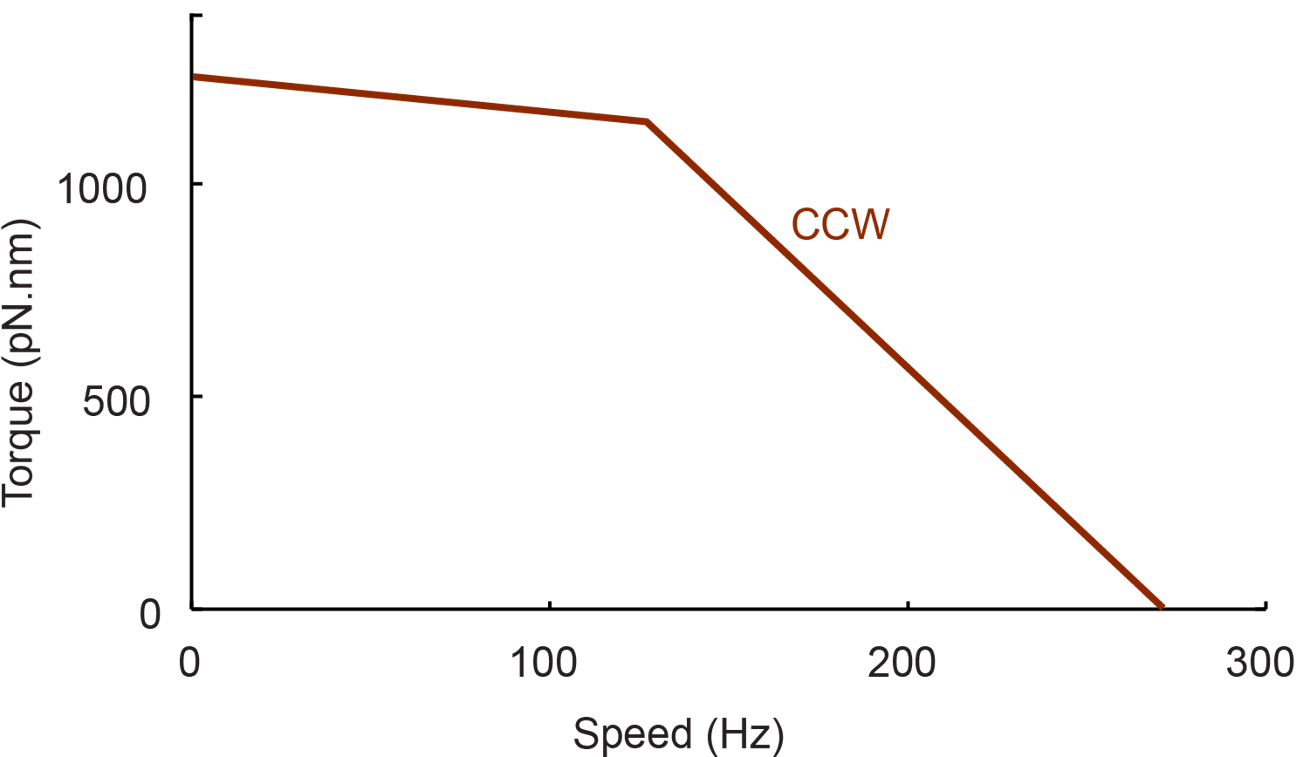
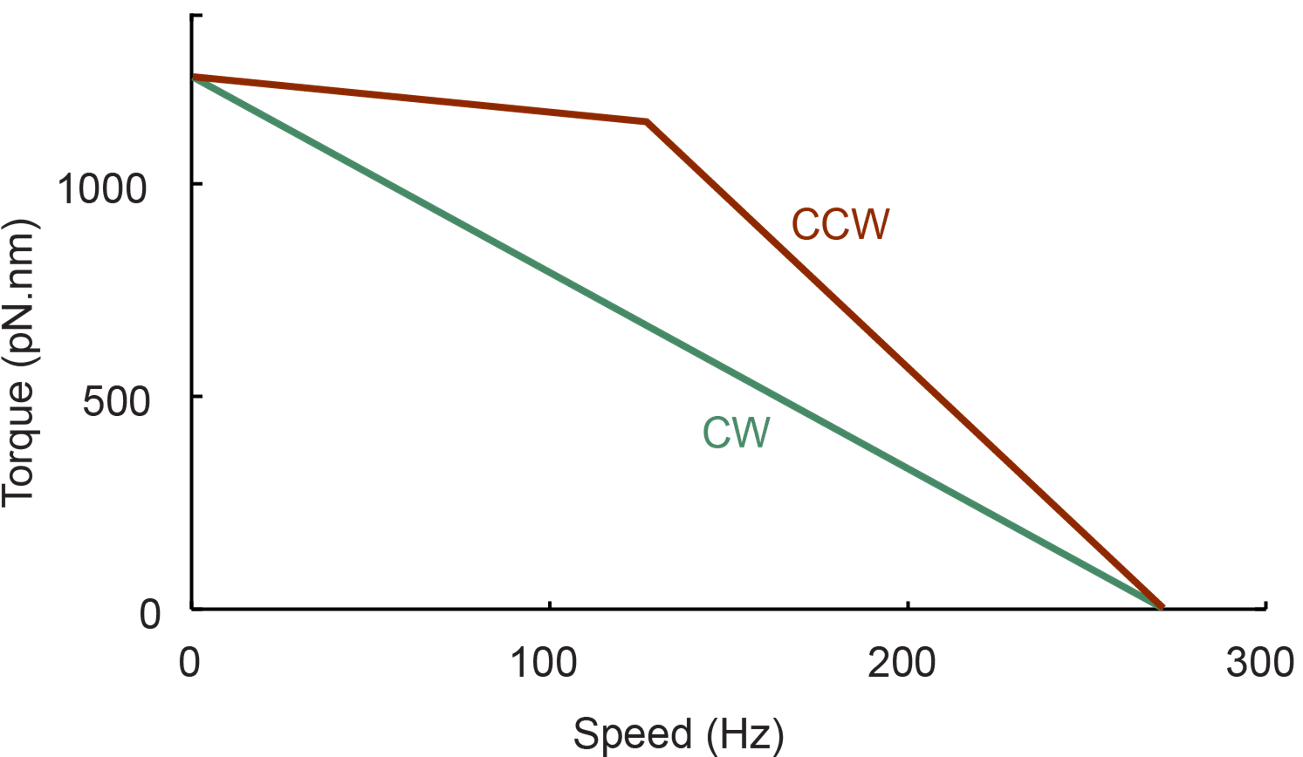
Automatic gearshift in cars allows the engine to adapt to changing terrains
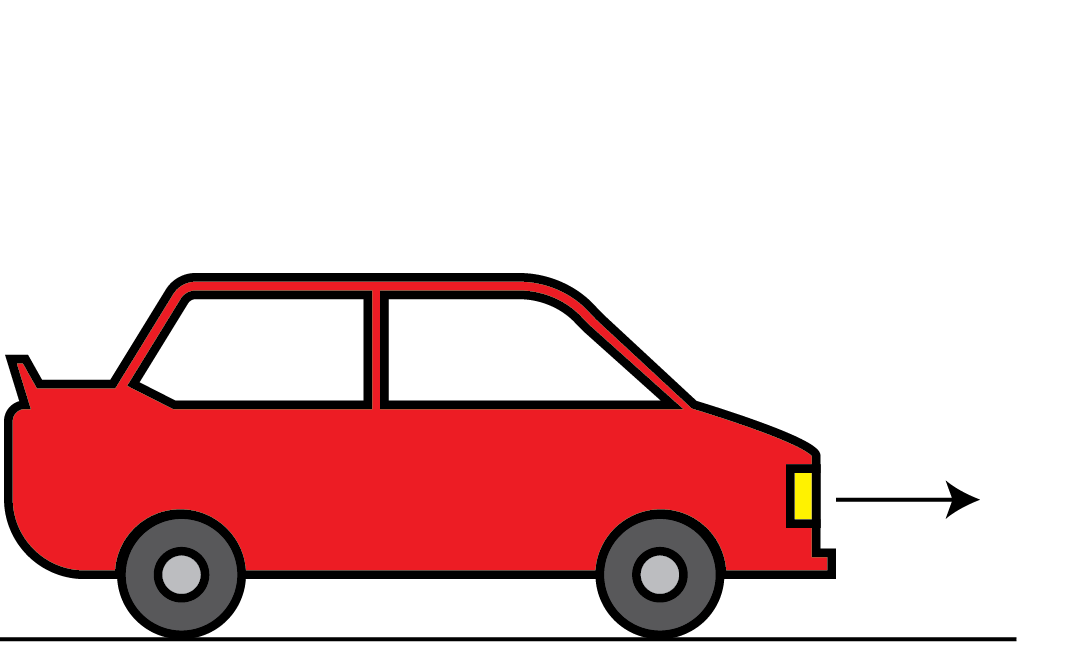
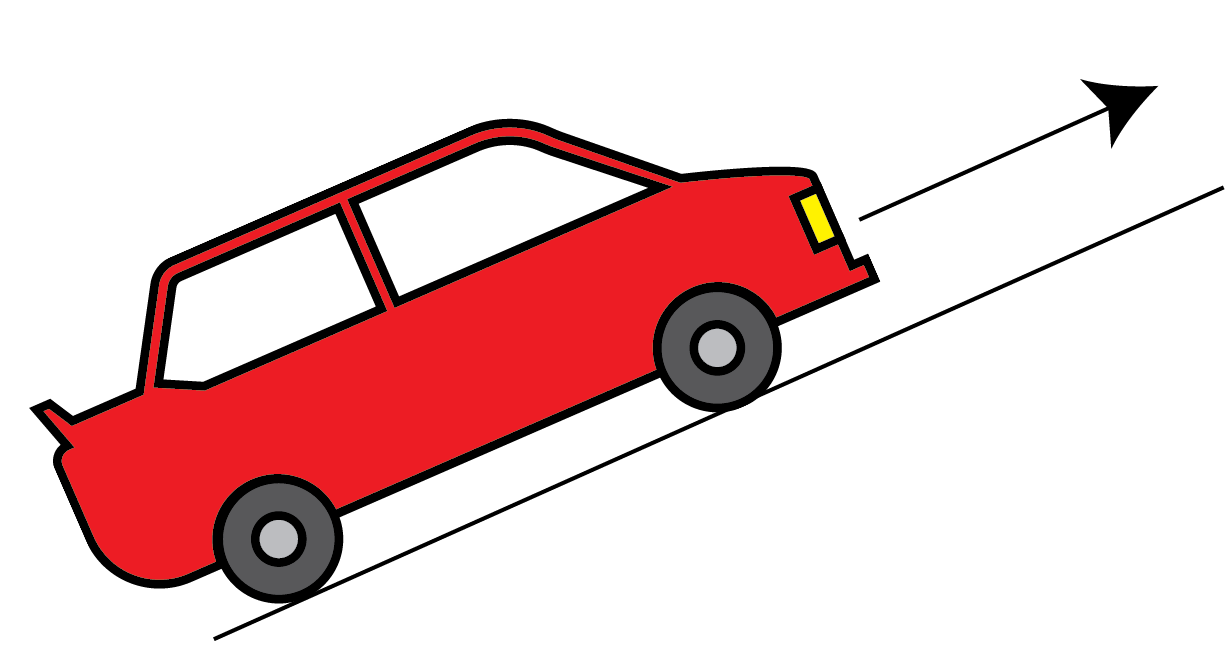
Automatic gearshift in E. coli allows the motor to adapt to changing loads
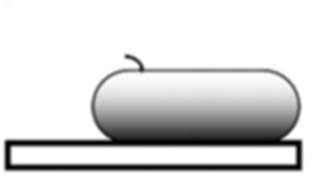
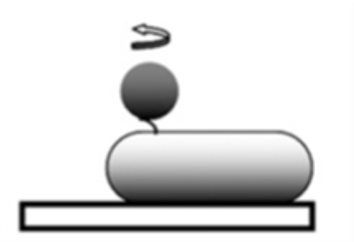
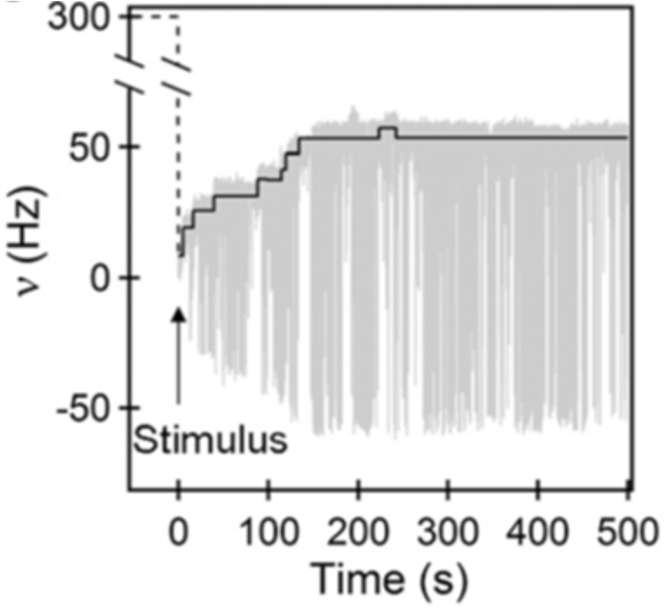
What is the physical and molecular mechanism underlying this automatic gearshift?
How can we change motor load?

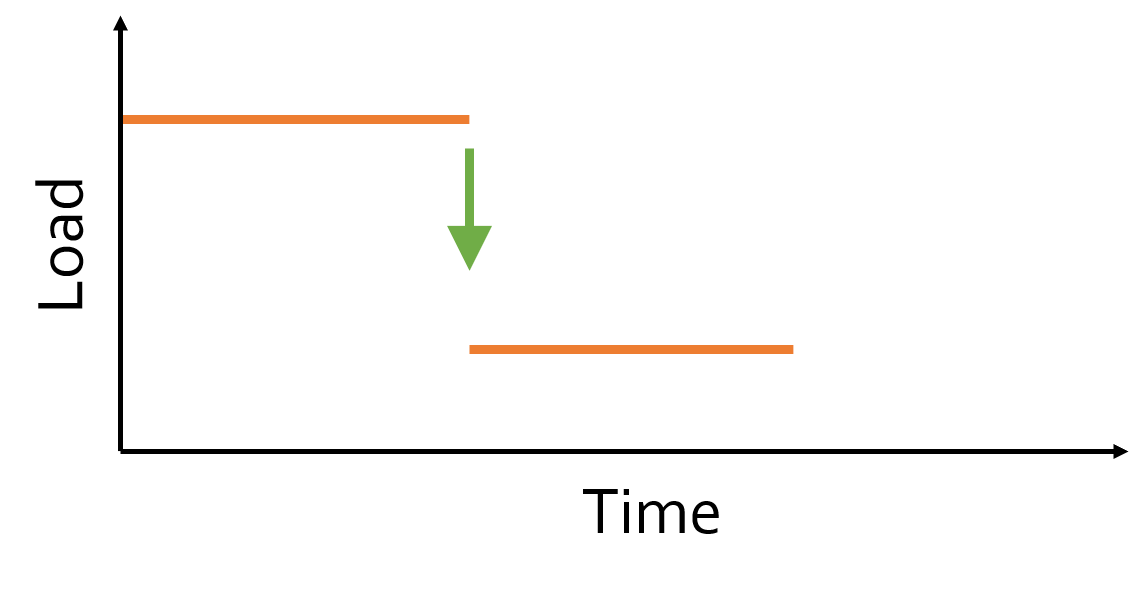
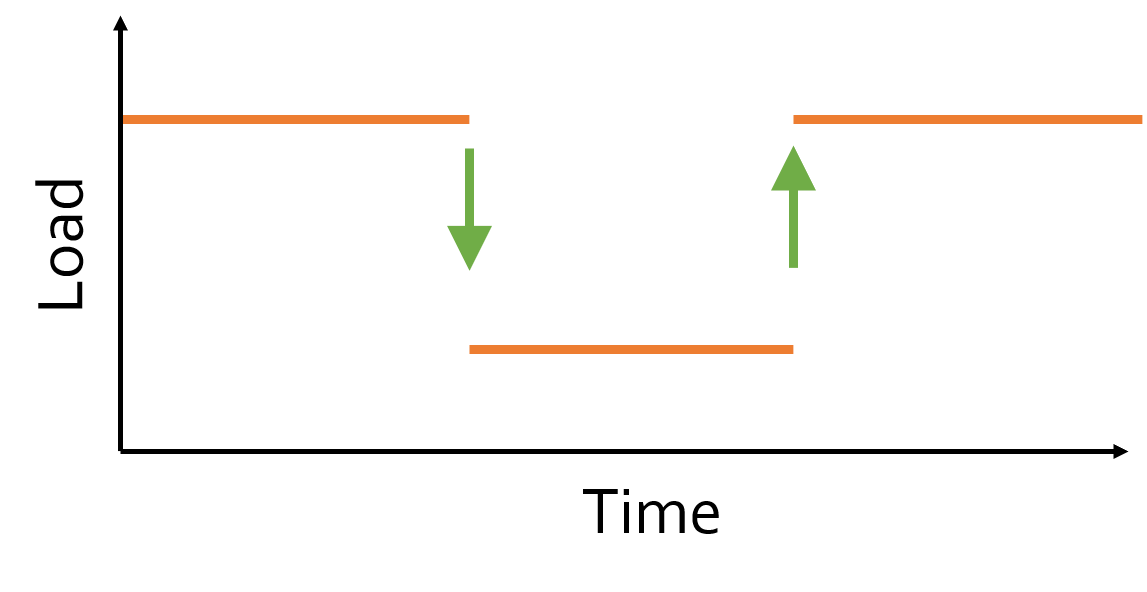
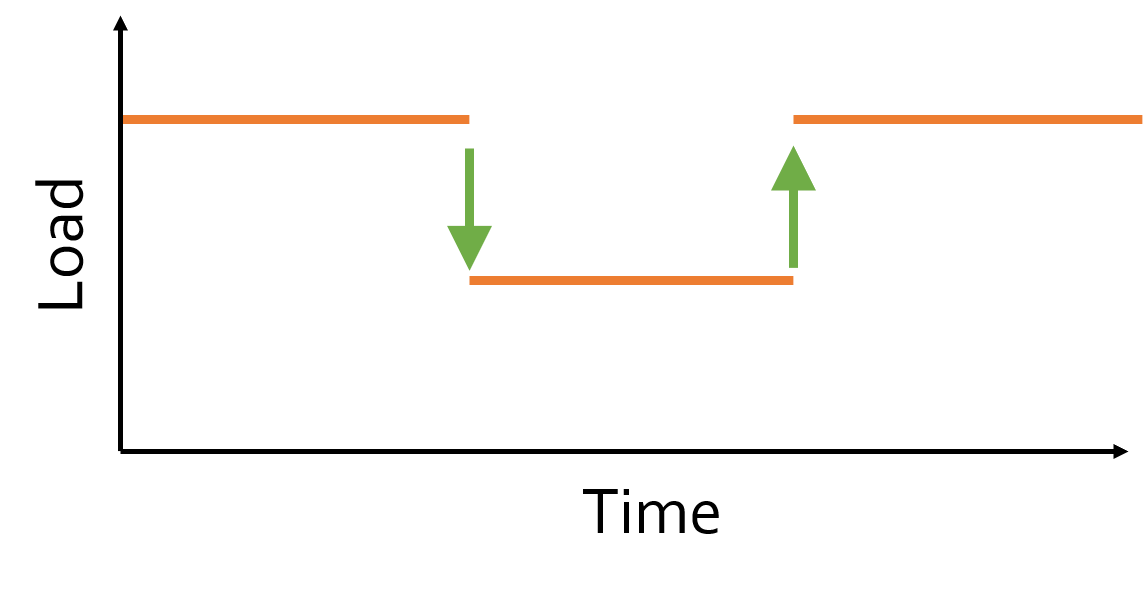
Instantaneously
Reversibly
Controllably
Electrorotation allows full control on motor load
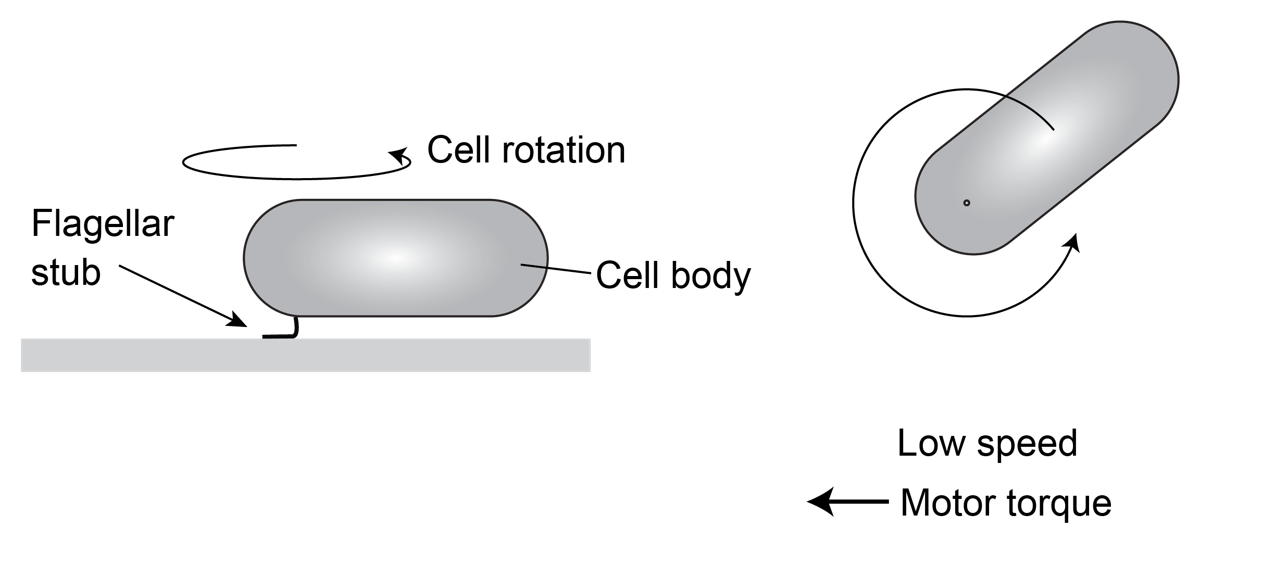
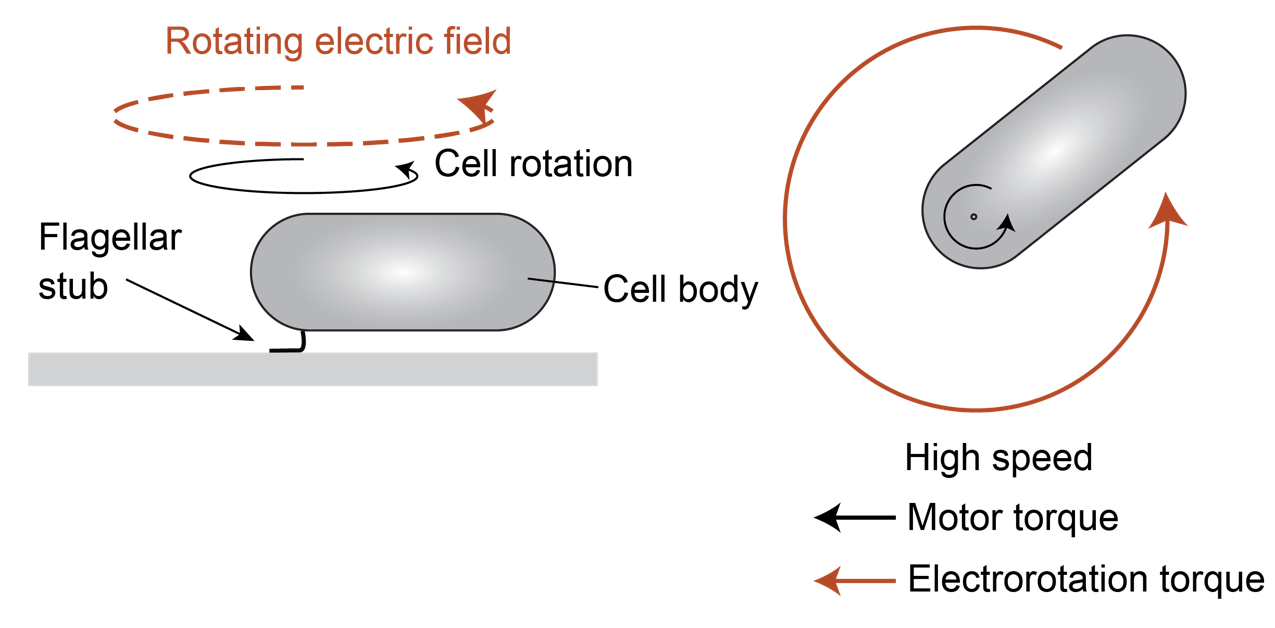
Instantaneous
Reversible
Controllable
Electrorotation allows full control on motor load
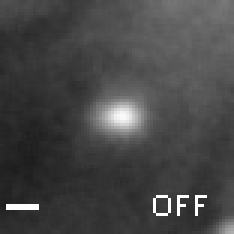
A change in load triggers stepwise changes in motor speed
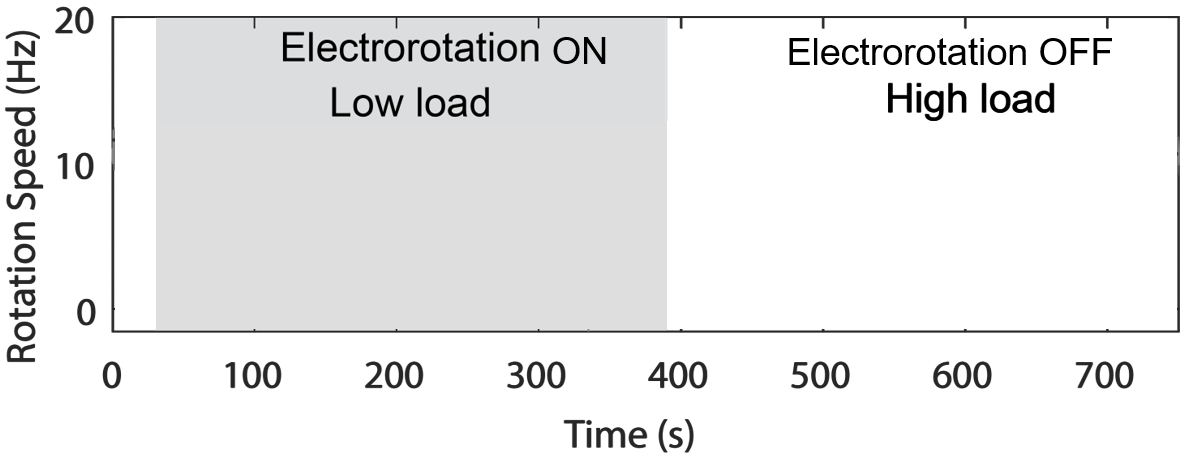
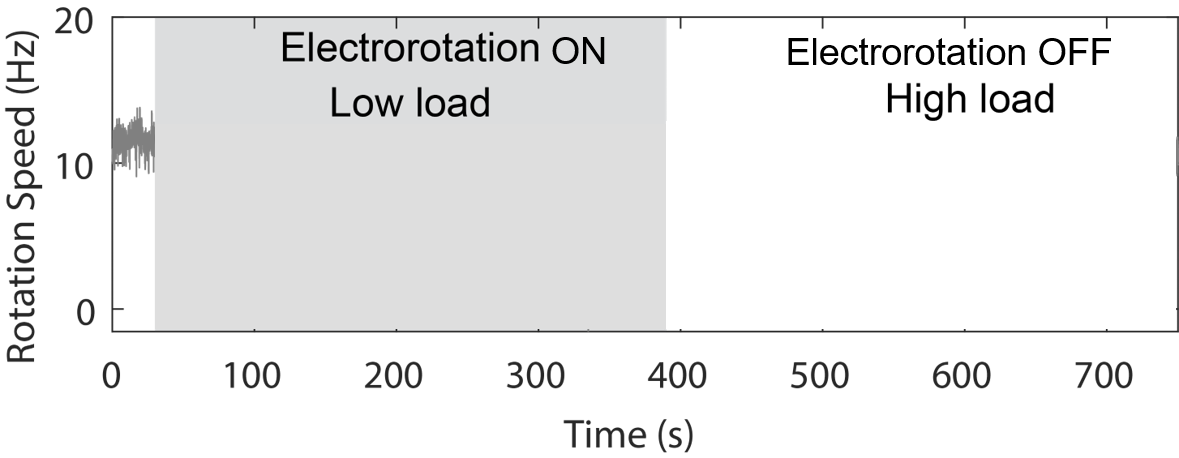
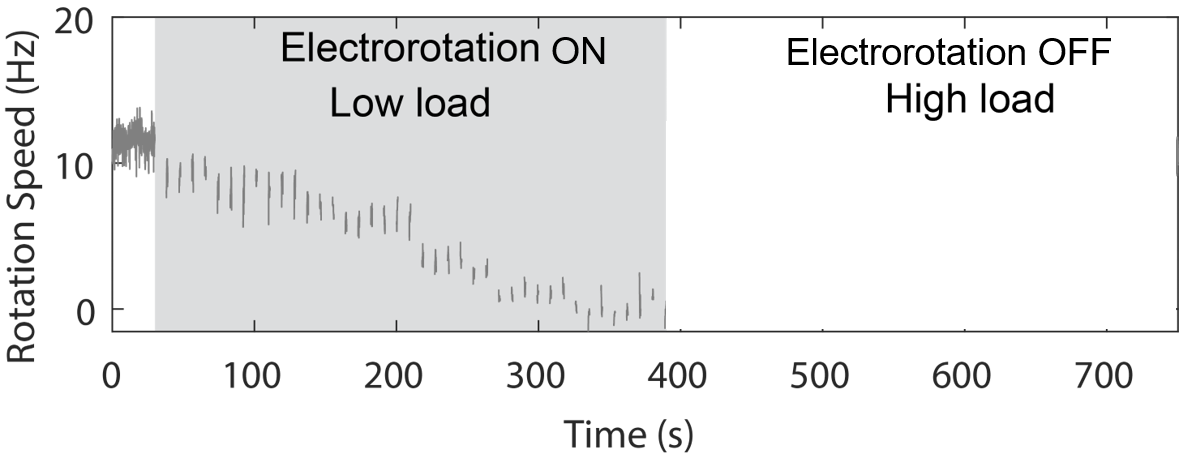
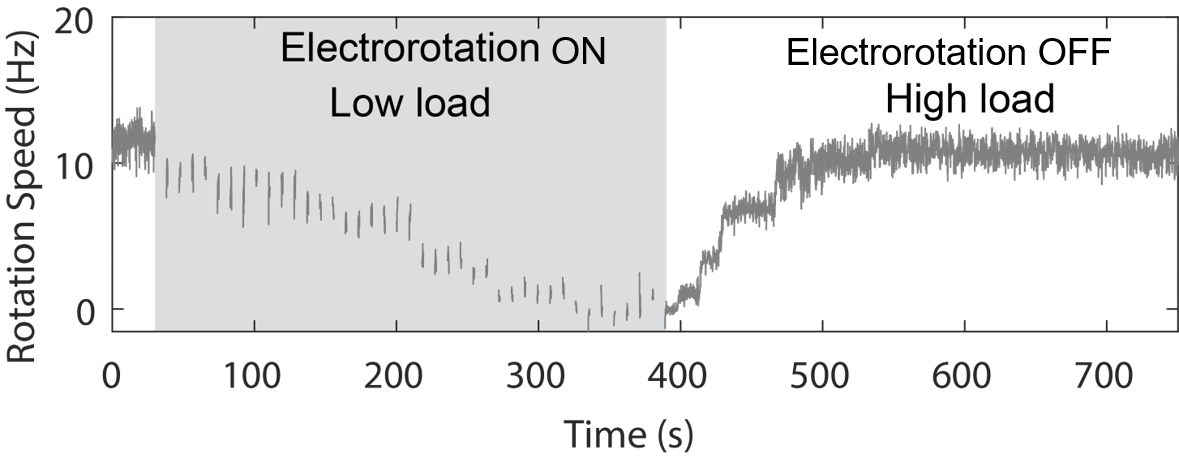
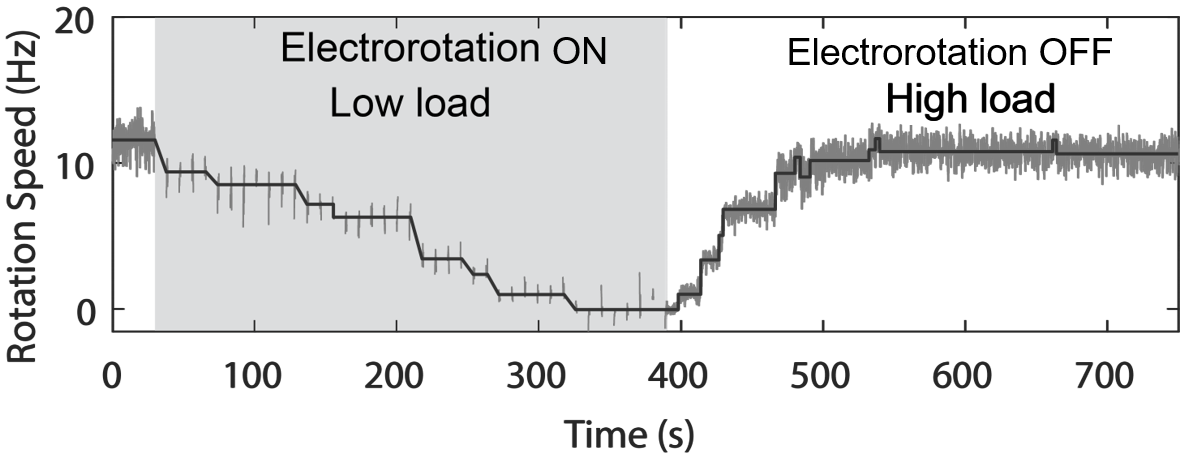
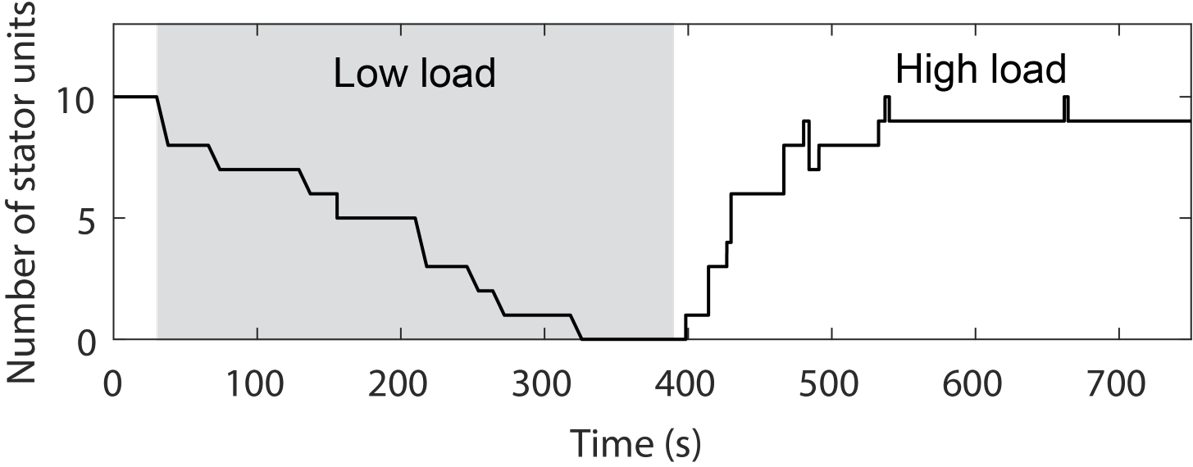
The stator remodels in response to load change
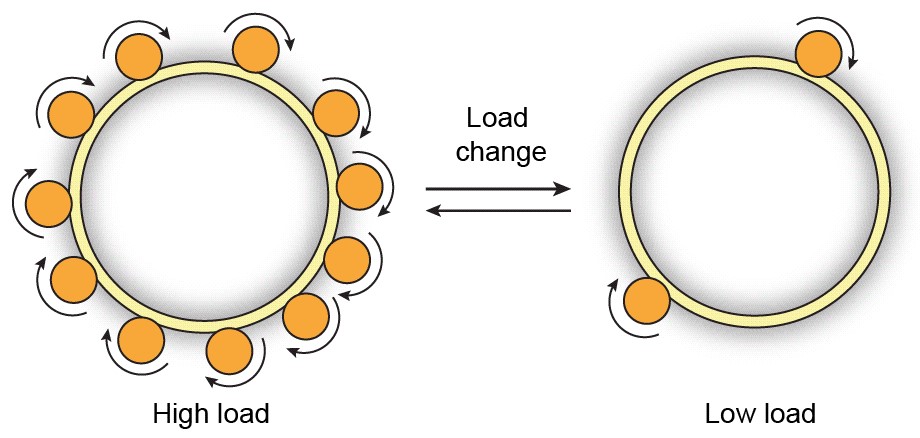
Wadhwa et al., PNAS, 2019
Lele et al., PNAS, 2013
Nord et al., PNAS, 2017
Remodeling kinetics vary with electrorotation speed
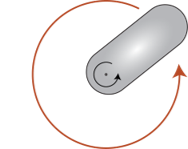

Higher electrorotation speed leads to lower torque

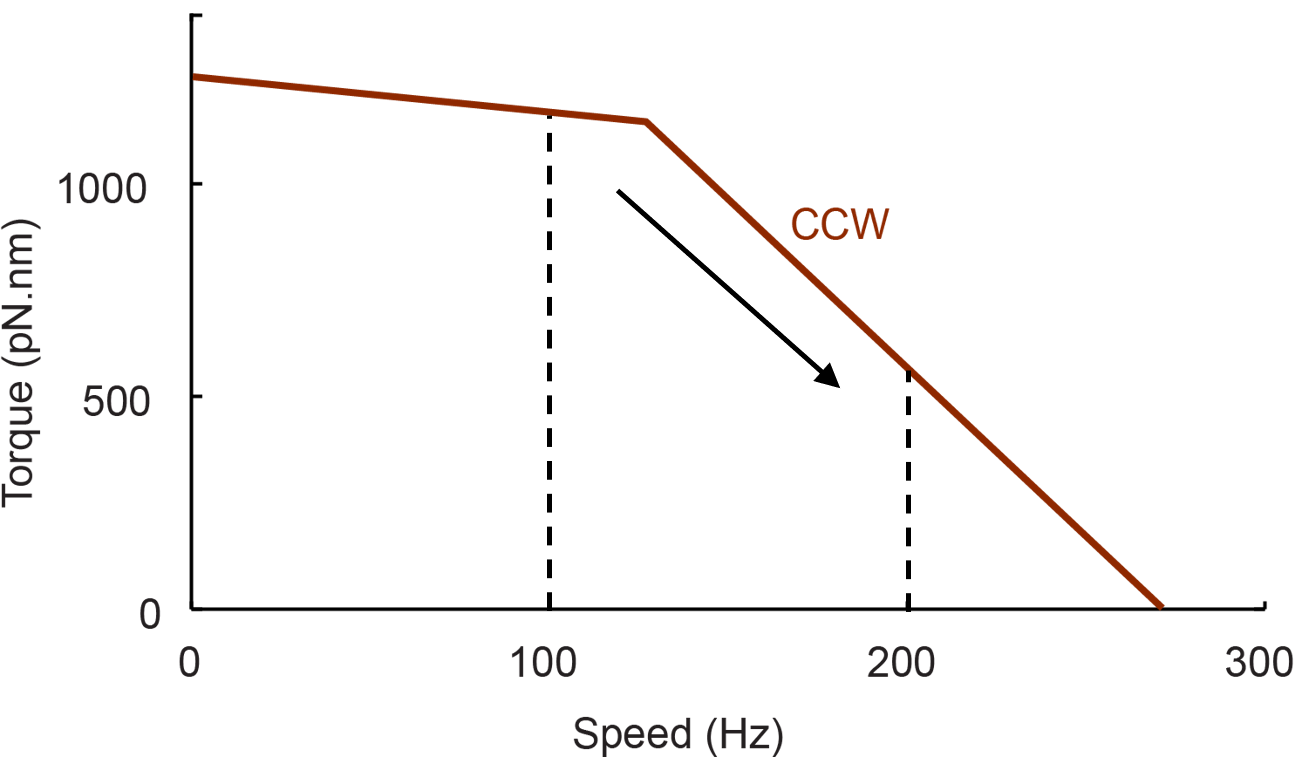
Hypothesis
Stator remodeling depends on torque
A quantitative model for stator assembly
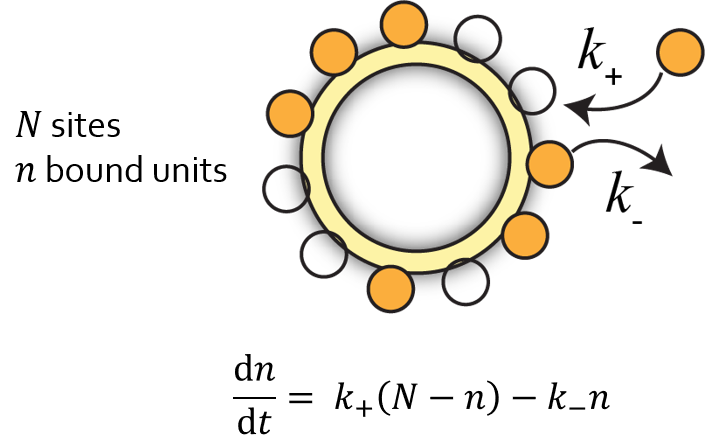
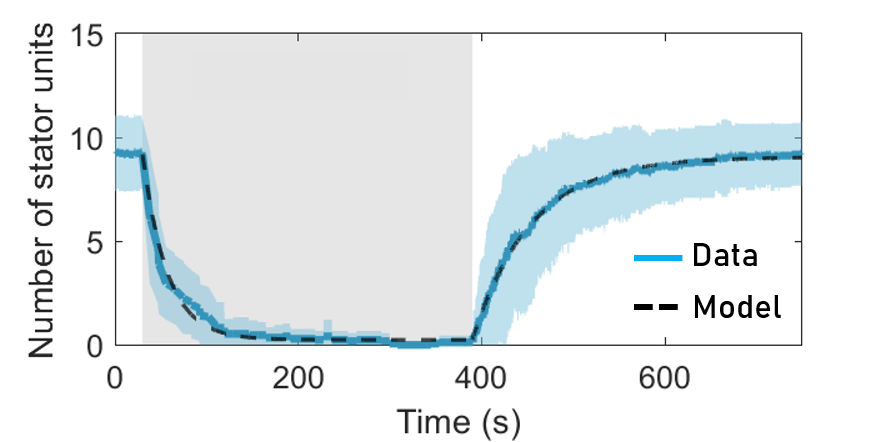
We extracted the on rate ($k_+$) and the off rate ($k_-$) from the data
The off-rate decreases with torque
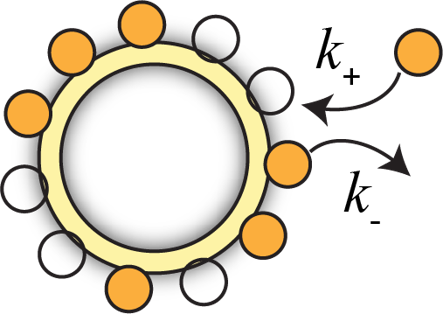
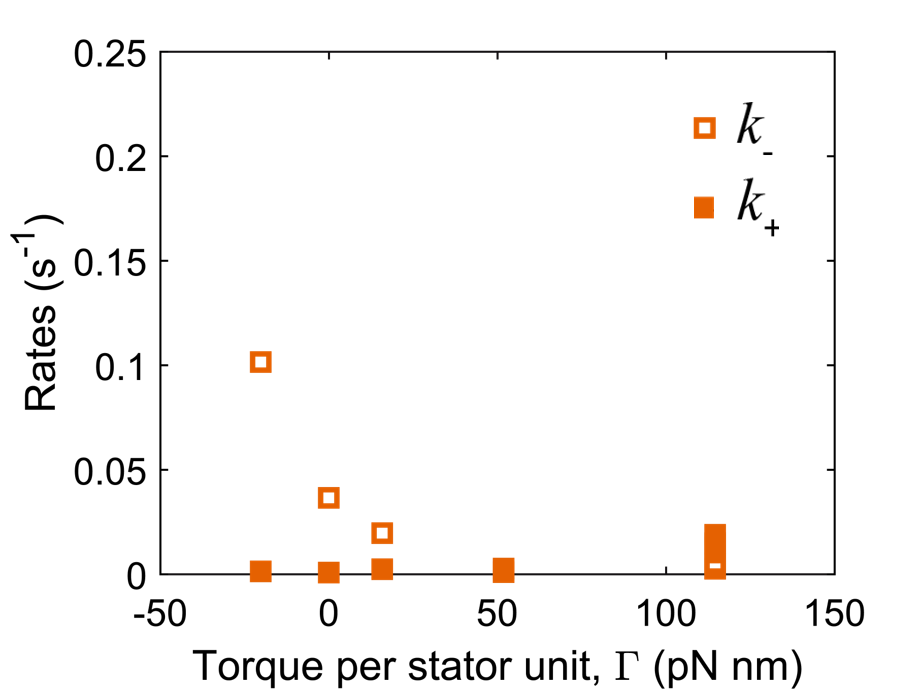
Free energy of the bound state decreases with torque
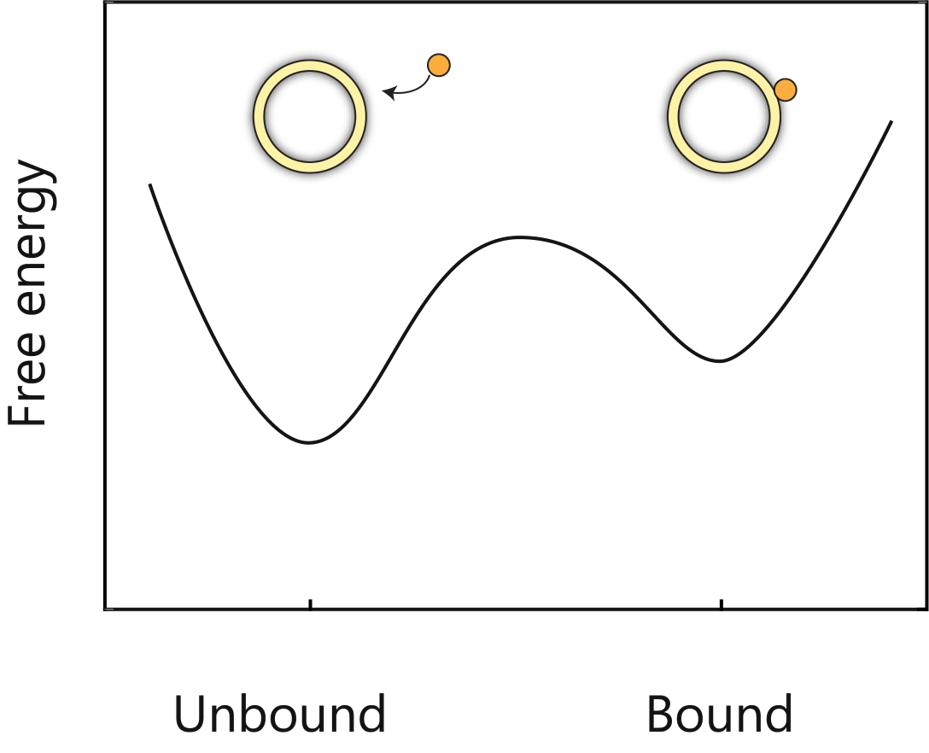
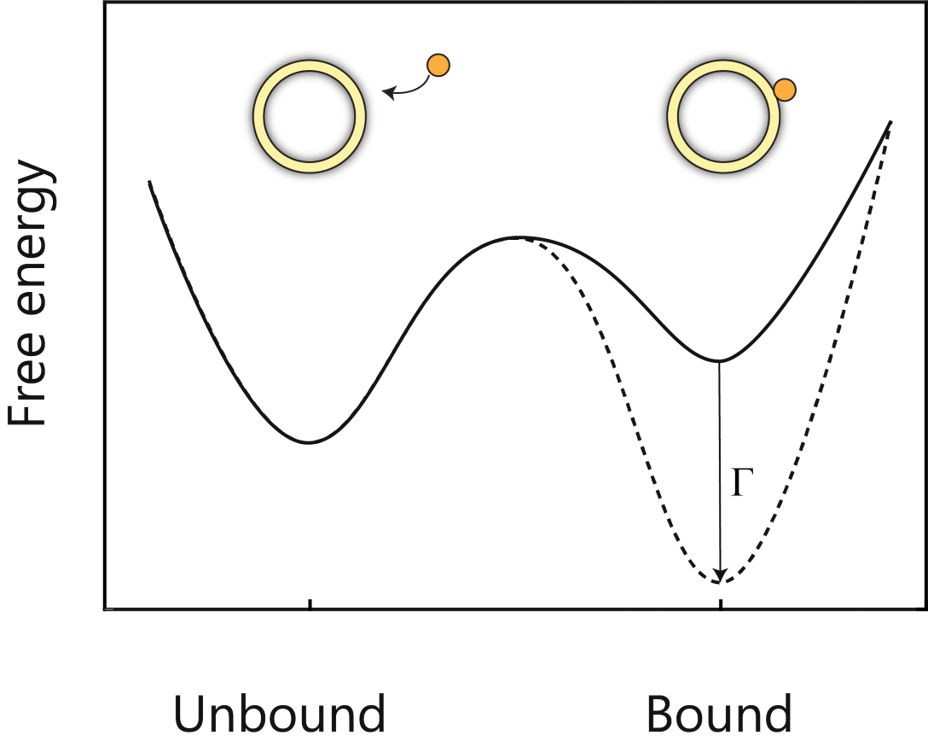
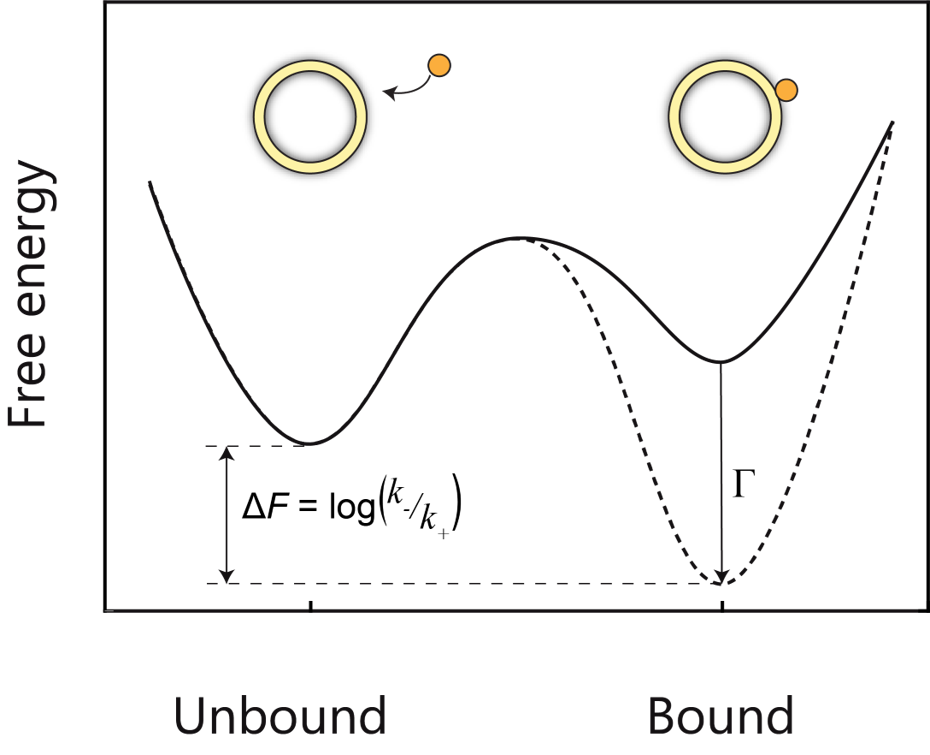
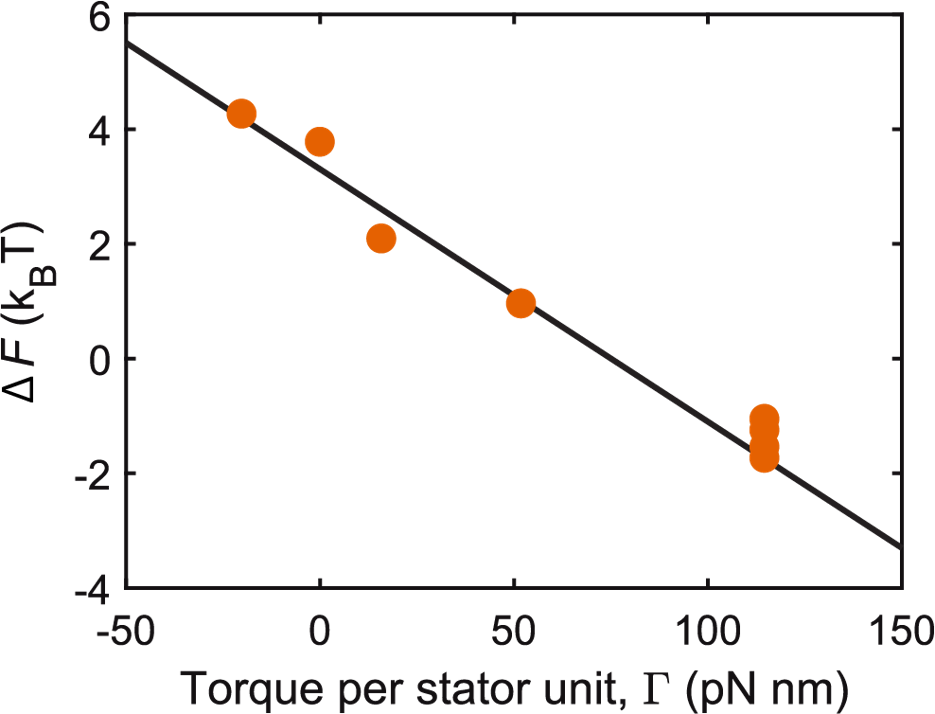
The off-rate decreases exponentially with torque
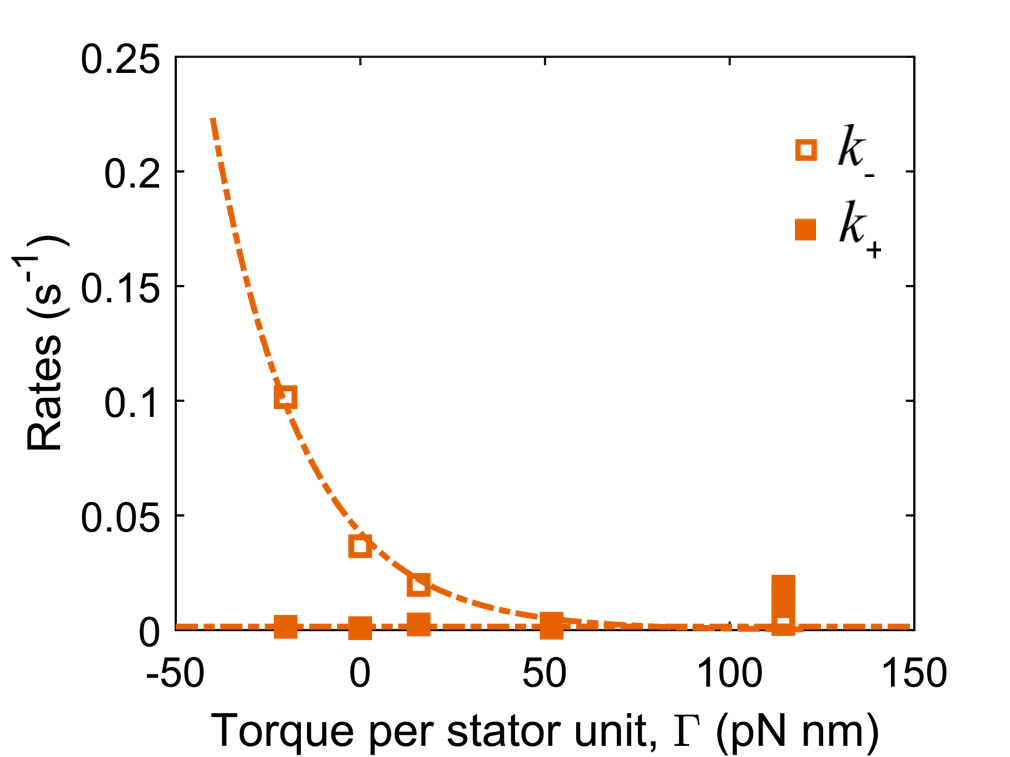
Molecular mechanism for torque-dependent unbinding rate
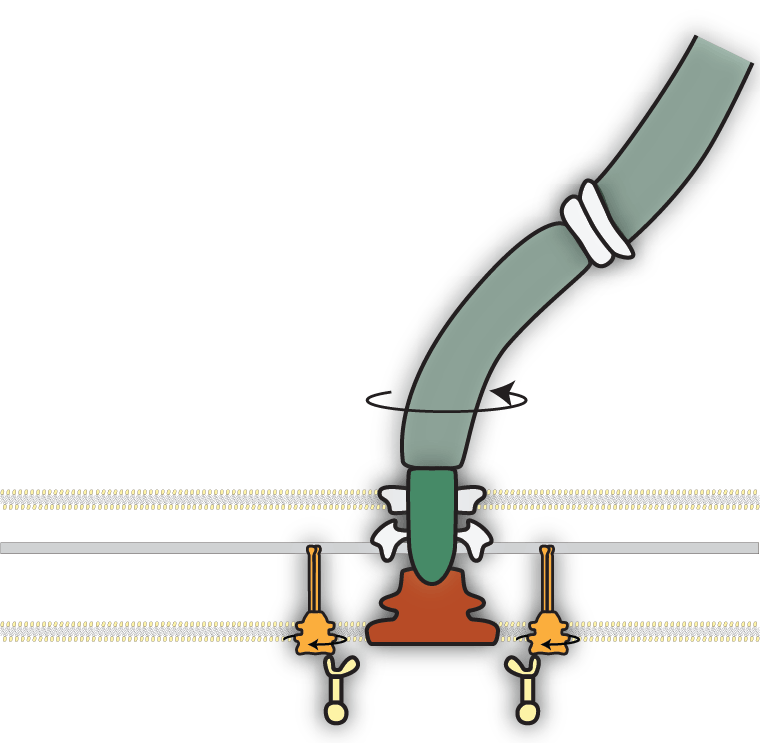
Low torque
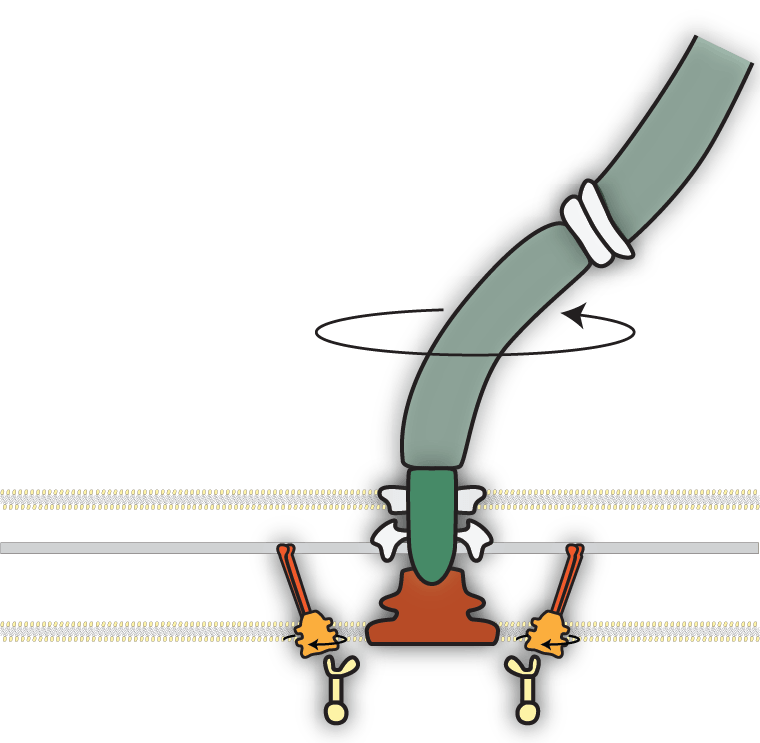
High torque
Torque anisotropy allows us to test the model

Collapse of CCW and CW data validates the model
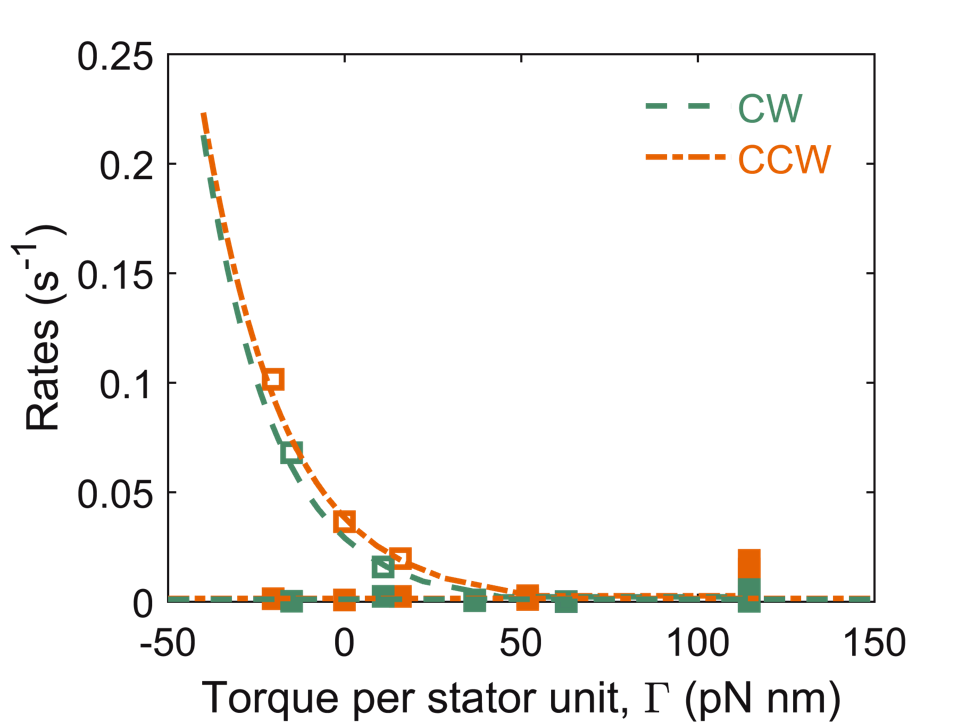
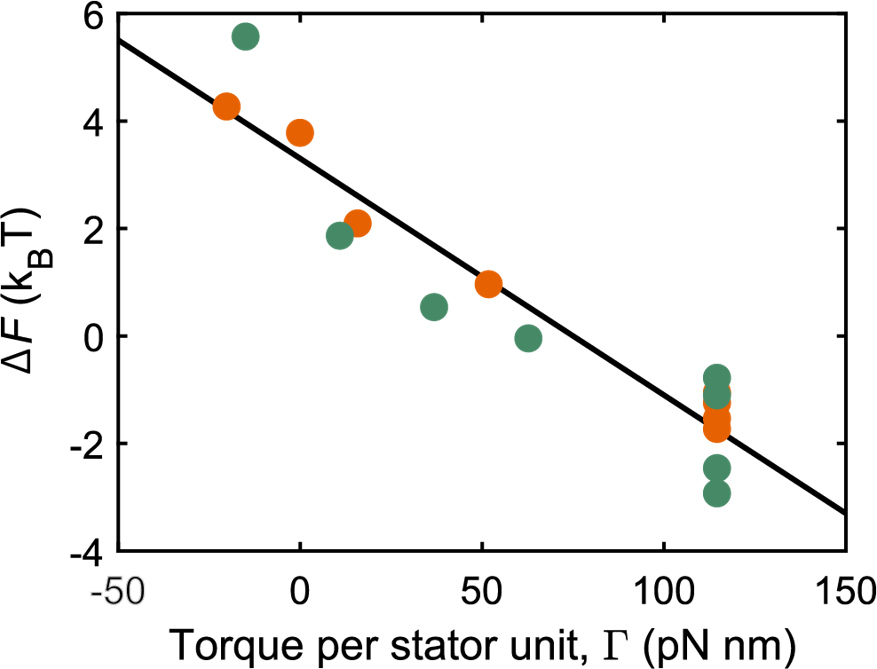
Conclusions and perspective
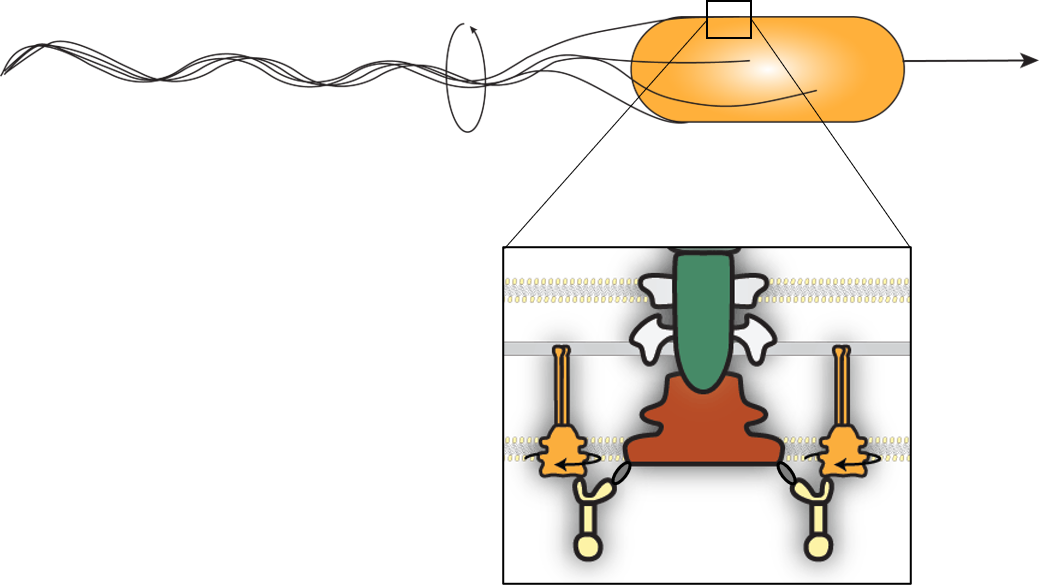
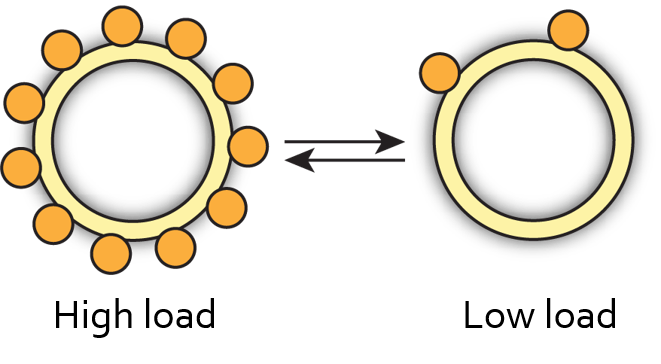
Cars and bacteria use different approaches


Cars adapt the transmission while bacteria adapt the engine itself
Acknowledgements
Howard Berg (Harvard)
Ethan Garner (Harvard)
Yuhai Tu (IBM)
Rob Phillips (Caltech)
Nicholas Taylor (U. Copenhagen)
Marc Erhardt (Humboldt U.)
Alberto Sassi (IBM)
Members of the Berg and Garner labs
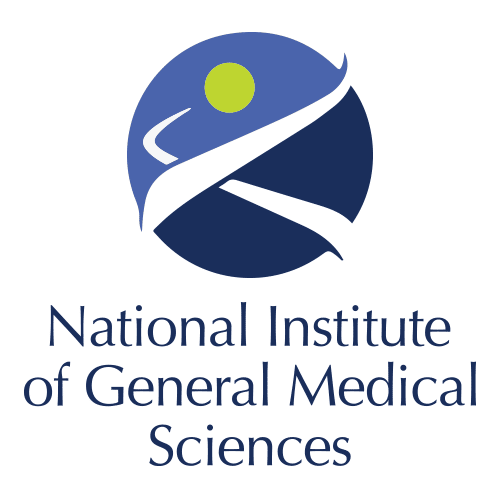
K99/R00: GM134124
